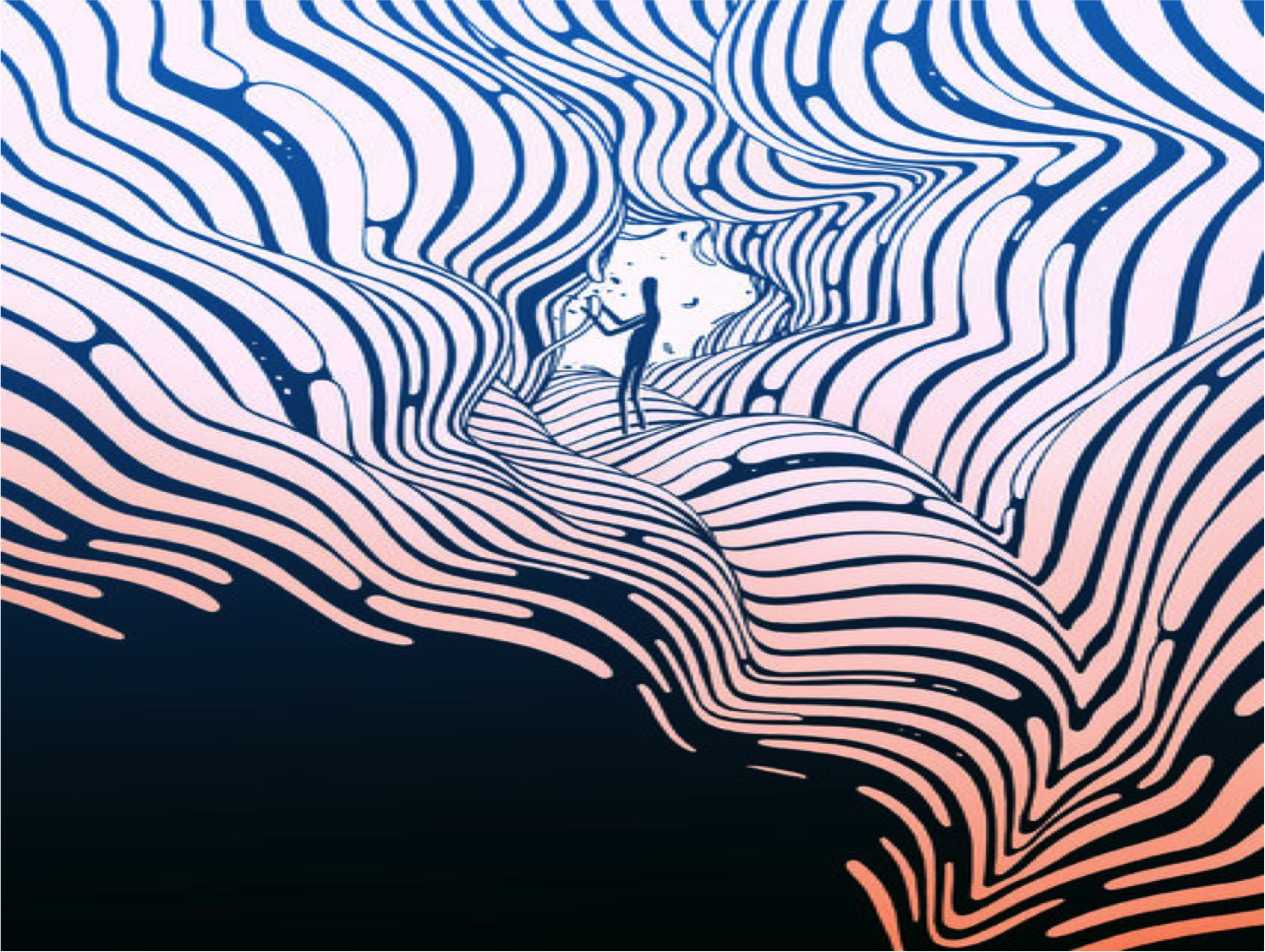Posted on March 2, 2016
Design Thinking for Creative Confidence
I spent one week with 25 students from different disciplines at European institute of Design in Rome, (IED Rome University). Every year the university holds the event called IED Factory where a cross-pollination of skills and backgrounds mingle to boost creativity, diversity and collaboration. Twelve workshops take place and the students are bound to deliver a final project after an intense week of activities. I designed the workshop to introduce the Design Thinking approach and to foster Creative Confidence.
Visual Communication, Fashion Designers, Fashion Stylist, Photography, Animation, Jewellery Design are the different areas where the participants came from.
The followings are my findings.
What’s the problem? Create trust and serendipity
At the outset my approach was to build up the atmosphere of one spine of 25 designers. In the first two sessions I tried to instill the design thinking skill set: observations, empathy, trust and collaboration. Then I set up 5 teams and showed them three challenges in Sustainability, Transport and Health & Food.
A culture of innovation
As soon as the participants begun to perceive the sense of purpose, the edge of ‘Familiar vs Unfamiliar’ using storytelling, the Design Thinking methodology is a toolkit that implies a culture of risk, trust and failure. It creates scenarios of use, provokes and inspires alternatives.
The projects…? No, it’s the path, it s the discovery
People are creative. Yes, they are indeed. In few days they went through ‘discover, ideation and prototype’ phases delivering an app and website for ‘Health & Food’, two ‘Educational rubbish bin’ for Sustainability, a thematic bus. Well, they did not find any investors. They adopted the mindset to show themselves things to explore, test and learn.
From the idea of design object to think instead designing behaviours
First I needed to understand why I was going to do the workshop and what was the gap I could support as facilitator. The plan was to create contents, activities and my approach based on a design for knowledge, skills and motivation. So I focused on those scenarios rather than a design for habits, communication and environment.
Designers design their way through the problem
Once the participants start learning by doing, they also trust the process and forge their own way to go through. Eventually the thorny issues such as get people talking in the streets, reframe questions and create a storyboard helped them to see new opportunities. Then they transformed data into actionable ideas. However, as facilitator you are a designer as well. Therefore you also design your way through the problem with them.
Lesson Learnt
By focusing on creating a challenging context you might be able to offset the pressure to provide all the interaction; let the learners interact with each other. In terms of content, it is less than you think it is. Yes, provide enough detail but not more. Time management is crucial, I realized they were overloaded from information so I changed the agenda to give them time to build to think. Last but not least you might need a mentor whether is an expert, a colleague, or a daily podcast. I do.


Recent Comments